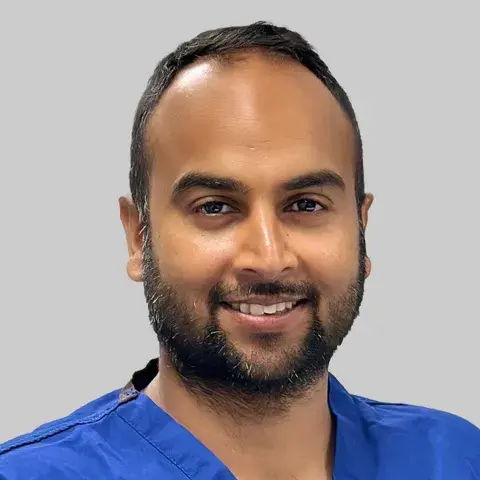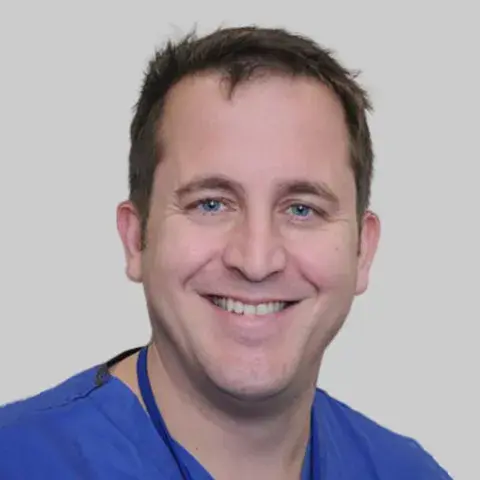Gastroscopy
What is a gastroscopy?
A gastroscopy is an examination of your oesophagus (gullet), stomach, and the first part of the small intestines (duodenum) using a long, flexible telescope (gastroscope) with a light source and camera built into the tip. This investigation will be carried out by a trained endoscopist. The gastroscope is passed through the mouth, into the oesophagus, and beyond, with the help of local anaesthetic. Many patients tolerate this very well with local anaesthetic throat spray alone, while others prefer to have light sedation.
Why do I need to have a gastroscopy?
You need to have a gastroscopy to help your doctor find the cause for your symptoms by directly viewing the lining of the oesophagus, stomach, and duodenum. These symptoms may include indigestion, reflux, difficulty swallowing, anaemia, vomiting, weight loss, or blood loss either through vomiting, or as black, tarry stools (poo). Finding the cause for your symptoms helps us treat you and, if necessary, decide on further tests that may be needed. You may also be required to have a gastroscopy as part of ongoing surveillance for Barrett’s oesophagus or ulcers. During this test the endoscopist may take a biopsy (a small sample of tissue) for testing if necessary. The tissue is removed painlessly through the gastroscopy using tiny forceps and sent off for examination.
What are the benefits of this procedure?
The intended benefit of this procedure is to help diagnose and/or treat your condition. It will also help your doctor decide if any other tests are required.
How long will the gastroscopy take?
Gastroscopy usually takes between five and ten minutes, in some cases this may be longer and is not an indication that there is anything wrong.
What happens after the examination?
If you have had throat spray only, you will be discharged shortly after the procedure. You will not be able to eat or drink for 20 minutes after the throat spray was administered, this is to allow the effects of the local anaesthetic to pass. If you have sedation, you will be transferred to the recovery area where a nurse will monitor you while you are drowsy.
You can get up when you have recovered from its initial effects and staff will contact your relative/friend to inform them when you are ready to go home. Once you are alert, you will be transferred to the discharge lounge for refreshments while you wait for the person collecting you.
You will be given written discharge advice and contact numbers by a nurse before you are discharged.




